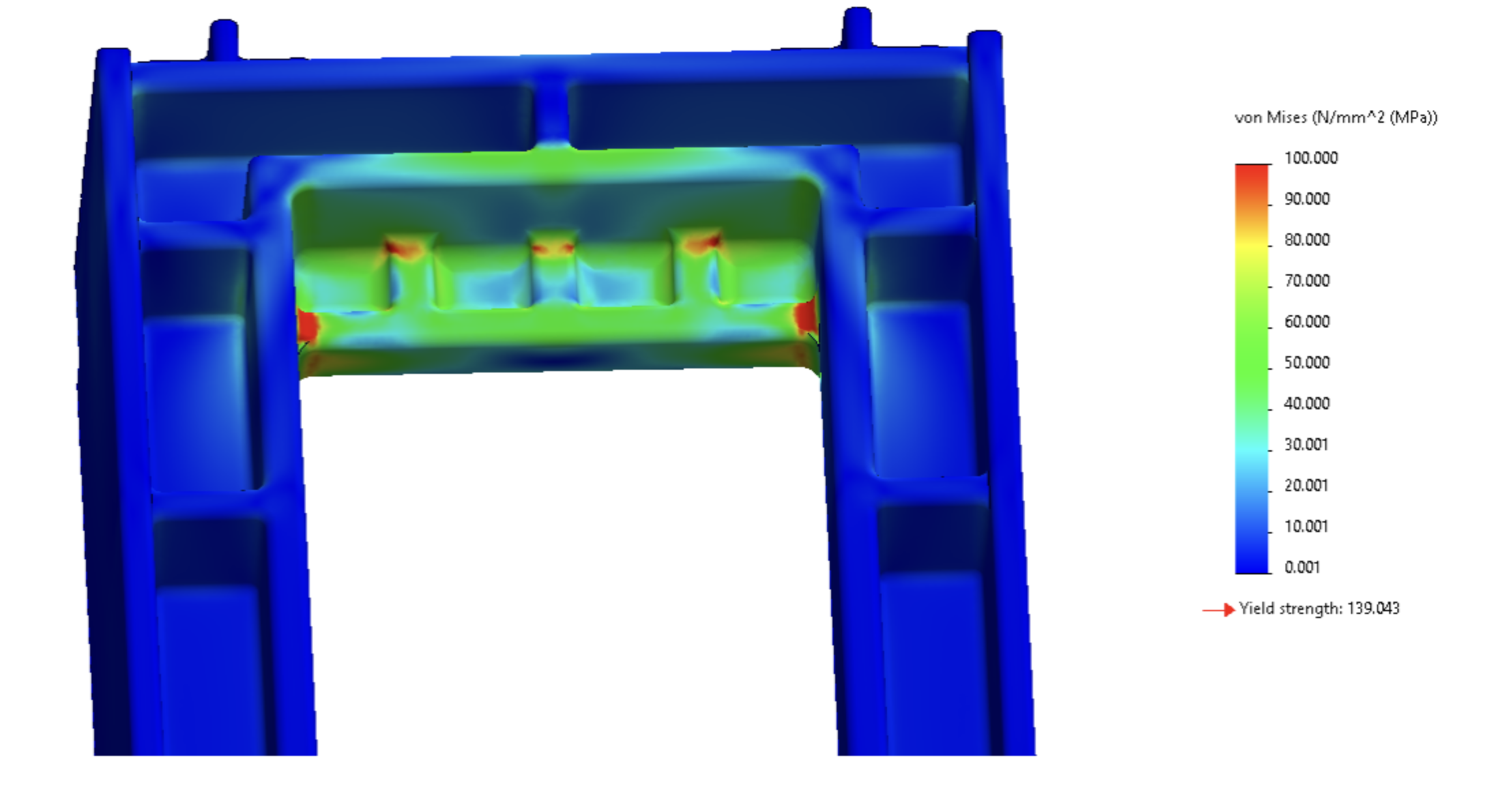In today’s new product development, the margin for error is razor-thin. Companies must deliver high-quality products while meeting timelines and controlling costs. A critical tool that enables this balance is early-stage simulations, which allow engineers to predict how products will perform under real-world conditions before physical prototypes are built. By incorporating techniques like Computational Fluid Dynamics (CFD), Finite Element Analysis (FEA), and mathematical and physical modeling, teams can streamline development, reduce risk, and foster innovation.
Why Early Simulations Matter
- Cost Efficiency
Physical prototyping can be expensive and time-consuming. Early simulations eliminate the need for multiple iterations of physical models by identifying potential issues during the conceptual and design phases. Like, using CFD to analyze airflow in an amplifier design can prevent costly redesigns later in development. - Accelerated Development Cycles
In today’s competitive markets, time-to-market is critical. Early simulations enable rapid virtual testing, allowing teams to iterate designs without waiting for physical models. This acceleration is especially important in industries like aerospace and consumer electronics, where the first product introduction to gain market share can be significant. - Risk Mitigation
Engineering failures can lead to catastrophic consequences, from financial losses to safety concerns. By leveraging simulations like FEA for structural analysis, teams can predict how products will respond to stresses, vibrations, and other forces. This insight reduces the likelihood of failures after product launch. - Improved Product Performance
Early simulations provide detailed insights into performance parameters. Mathematical models and physics-based simulations can optimize designs for efficiency, durability, and functionality. For instance, in heat generating products, CFD can be used to maximize cooling efficiency by modeling air flow around internal components.
Simulation Techniques and Their Applications
Computational Fluid Dynamics (CFD)
CFD is essential for analyzing fluid flow, heat transfer, and aerodynamic performance. It is widely used in industries such as automotive, aerospace, and consumer products. For example:
Mechanical design engineers use CFD to improve component cooling efficiencies.
Biomedical engineers model blood flow to enhance medical device designs.
Finite Element Analysis (FEA)
FEA is critical for structural and thermal analysis. By dividing a complex object into smaller finite elements, engineers can assess stress distribution, deformation, and failure points. Applications include:
Ensuring the structural integrity of product parts to pass UL compliance.
Designing lightweight yet durable components for aerospace and automotive industries.
Mathematical and Physical Modeling
Mathematical models based on physics principles provide a foundational understanding of system behaviors. These models can simulate anything from the trajectory of a satellite to the thermal dynamics in battery systems.
Physics-based simulations are vital in robotics for understanding kinematics and dynamics.
Mathematical models help optimize manufacturing processes like injection molding.
While early simulations are powerful, they come with challenges:
Modeling Accuracy: Simulations are only as good as the data and assumptions they rely on. Incorporating real-world data and validating models against experimental results is essential. It’s the old adage – “garbage in = garbage out”.
Computational Resources: Advanced simulations can demand significant computational power. Investing in high-performance computing (HPC) or leveraging cloud-based solutions can help.
Interdisciplinary Collaboration: Teams must bridge gaps between knowledge disciplines, such as engineering, physics, and mathematics, to create comprehensive models. It’s most important for electrical engineers to work collaboratively with mechanical engineers in consumer product development.
Best practices include:
Starting with simplified models to quickly evaluate feasibility before increasing complexity.
Using parametric studies to understand how design variables affect performance.
Integrating simulations with other tools, such as CAD and PLM, to streamline workflows.
Conclusion
Early simulations are no longer a luxury—they are a necessity in modern product development. Tools like CFD, FEA, and mathematical modeling empower engineers to design innovative, reliable, and efficient products while reducing costs and timelines. By embracing simulation-driven design early in the process, companies can gain a competitive edge, reduce risk, and deliver exceptional products to the market.
Investing in early-stage simulations is an investment in success, paving the way for smarter and more sustainable engineering solutions.

